I have a property that its range must be just instances (or call them classes if you want) of RDF:Property
On protege I couldn't write the range as RDF:Property, how can I solve it please?
What I am thinking on is making the range as owl:topObjectProperty, but I am not sure if that is the same as RDF:Property or not.
Hint (I am working with both Object and data properties )
